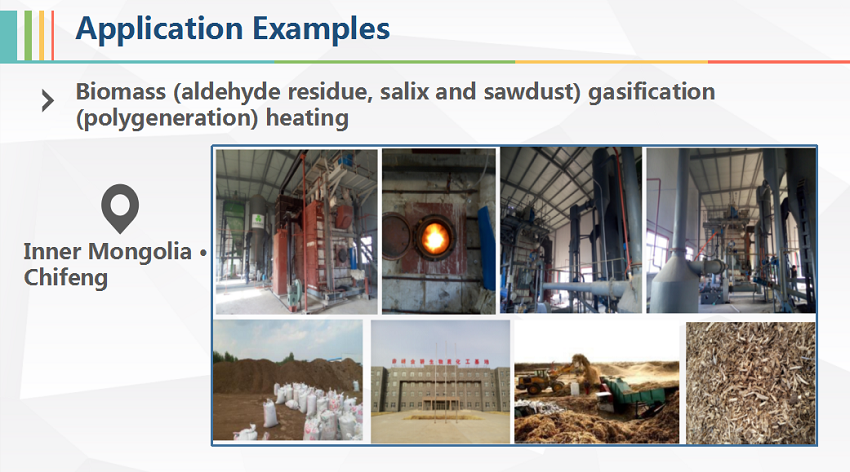Shenzhen Industrial Lens's various parameters and classification selection courses 1. First, the classification of industrial lenses: 1, according to the size of the effective image field classification: can be divided into television camera lens; film camera lens, camera lens. The TV camera lens is divided into 1/4 inch, 1/3 inch, 1/2 inch, 2/3 inch and 1 inch. 2, according to focal length classification: According to focal length can be adjusted, can be divided into fixed focus industrial lens and zoom industrial lens two categories. Fixed-focus industrial lenses can be divided into four categories: fisheye lenses, short-focus lenses, standard lenses, and telephoto lenses. The zoom lens can also be divided into manual zoom power zoom. • 3, according to the type of industrial lens interface: There are many different types of interfaces between industrial lenses and industrial cameras. Commonly used industrial cameras include C interface, CS interface, F interface, V interface, T2 interface, Leica interface, M42 interface. , M50 interface and so on. The type of the interface is not directly related to the performance and quality of the industrial lens. It is only the interface mode that is different. Generally, the interface between various common interfaces can also be found. The C interface and the CS interface are common international standard interfaces for industrial industrial cameras. They are 1-inch to 32-UN inch threaded connectors. The screw connections of the C-type and CS-type connectors are the same. The difference is that the back intercept of the C-type interface is 17.5. Mm, the back intercept of CS interface is 12.5mm. Therefore, the industrial camera with the CS interface can be connected with the lens of the C-port and the CS-port. However, when using the C-port lens, a 5mm ring must be added; the C-port industrial camera cannot use the CS port lens. The F interface lens is the interface standard for Nikon lenses, so it is also known as the Nikon mouth. It is also a type commonly used in industrial industrial cameras. When the target of an industrial camera is larger than 1 inch, it requires an F-port lens. The V-mount lens is the standard used by the famous professional lens brand Schneider lens. It is also generally used for lenses with large or special-purpose lenses for industrial cameras. • Other special-purpose lenses: The Microscope (Micro) generally refers to a shooting system with an imaging ratio of more than 10:1. However, since the pixel size of industrial cameras is already within 3 μm, the general imaging ratio is greater than 2: The microscope head is also used at 1 o'clock. A macro lens generally refers to a specially designed lens with an imaging ratio in the range of 2:1 to 1:4. In the case that the image quality requirements are not very high, the zoom-in imaging effect can generally be achieved by adding a close-contact lens ring between the lens and the industrial camera or by adding a close-up lens in front of the lens. Telecentric lens is a lens specially designed to correct the parallax of a conventional lens. It can be within a range of object distances, so that the image magnification does not change with the change of the object distance. This pair of The situation where the measurements are not on the same surface is a very important application. Ultraviolet lenses and infrared lenses (Infrared), the general lens is designed for use in the visible light range, because the same optical system for different wavelengths of light refractive index, resulting in the same point of different wavelengths of light imaging can not be Converge to a point and produce a color difference. The achromatic design of common lenses is also aimed at the visible light range. Ultraviolet lenses and infrared lenses are lenses designed specifically for ultraviolet and infrared rays.
As a biomass raw material, wood is a renewable energy source. Because of the high calorific value of wood, it is a high Biomass Gasification fuel. The wood is decomposed into flammable gases after Pyrolysis Of Biomass gasifier. The combustible gas is then purified into clean gas. This kind of wood gas can directly drive gas generating units to generate electricity. Wood Gas Electric Generator is an environmentally friendly and efficient Biomass Power Project.

Wood Gas Generator
Wood Gas Generator,Wood Generator,Wood Chips Gas Generator,Wood Gas Electric Generator
Henan Dianyan New EnergyTechnology Co. Ltd , http://www.cngasifier.com